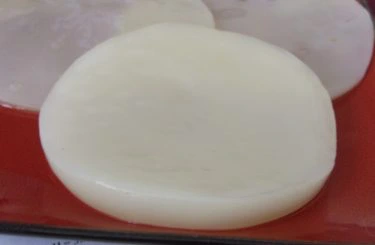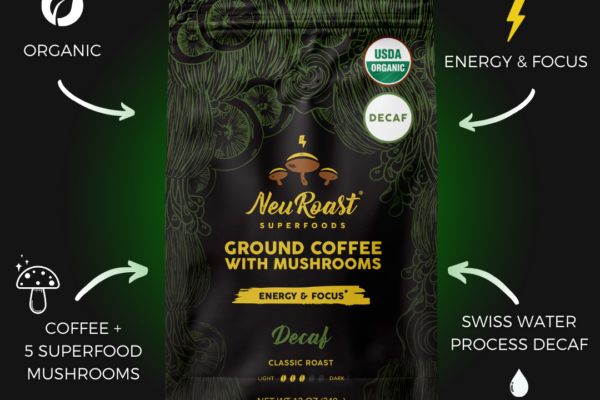Blog
What is Kombucha Called Mushroom Tea?
Kombucha is an ancient fermented tea that has recently grown increasingly popular. Rich in probiotics and boasting numerous health benefits like improved digestion, detoxification and immune system support; as well as being touted for helping reduce joint pain, relieve constipation and even help prevent cancer – it may seem like the ideal beverage; however it must be remembered that any properly prepared batch of kombucha will contain an SCOBY culture which could pose risks for some individuals.
While kombucha shares similarities with mushrooms, no actual mushrooms exist in its contents. Its name derives from its appearance of a mushroom-looking organism called the SCOBY in tea; this SCOBY actually is composed of bacteria and yeast and plays an instrumental role in turning sweet tea into kombucha by eating sugar while producing alcohol, acids, and carbon dioxide – an amazing little organism which has been around for centuries!
Kombucha’s history dates back to China during the Tsin Dynasty where it was known as “Tea of Immortality.” From there it spread through Russia and Eastern Europe where it is commonly referred to as chai or kefir before finally reaching Japan where it gained the name kombucha before later being brought over by hippies into America where Swiss research confirmed some of its health claims.
Although much remains to be determined about the health benefits of kombucha, most experts agree that its tea contains significant quantities of probiotics and other healthful components. Although much of their composition remains obscure, their benefits appear to include improving immunity while aiding digestion and decreasing inflammation in the body.
It is essential that when making kombucha, only high quality ingredients are used. Black or green tea should be preferred as herbal and other flavored teas can interfere with the fermentation process and tap water may contain chlorine that damages SCOBYs.
As well as these factors, it is vitally important to monitor the progress of your brew. Look out for a smooth, glossy film free from fuzzy or dry mold growth; its vinegar smell is another sure sign it has finished fermenting and should be ready for consumption; using either a hydrometer or residual sugar test kit can help determine this status; once ready it should be stored in a glass container and refrigerated to preserve freshness – for best results, it should be consumed within 10 days after fermentation has taken place.




